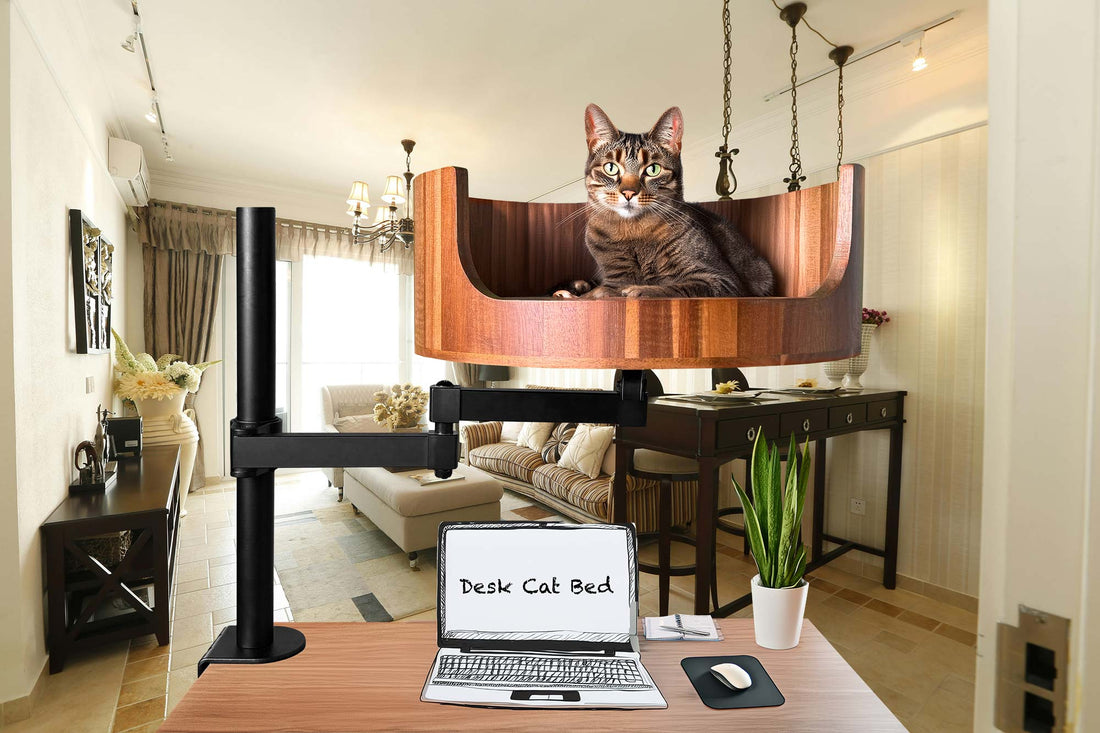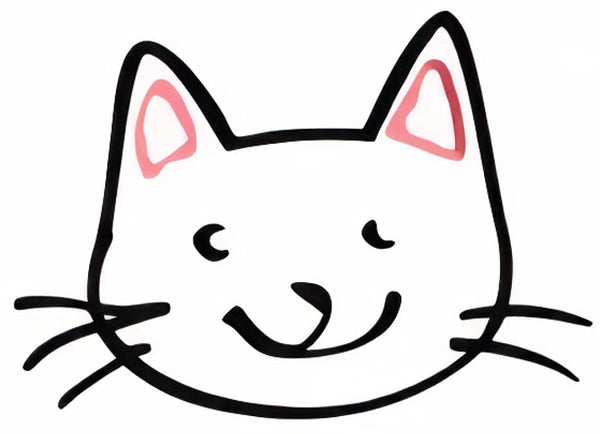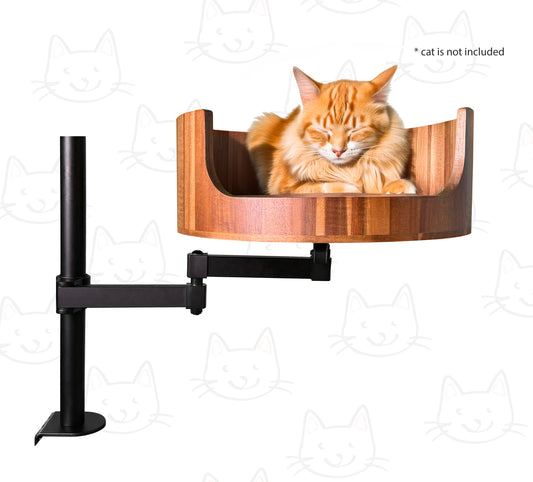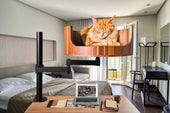
Why Does Cat Wag Tail: Understanding Feline Behavior
Share
Have you ever noticed your feline friend wagging its tail and wondered what it means? Cats are known for their mysterious behavior, and tail movements can often provide insight into their mood and emotions. In this article, we will delve into the fascinating world of feline behavior and explore the various reasons why cats wag their tails.
From Desk Cat Nest, a popular online community for cat lovers, we have gathered valuable insights and observations from experienced cat owners and behavior experts. Throughout this article, we will discuss the different types of tail movements and their corresponding meanings. Understanding why cats wag their tails can help us better communicate with our pets and build stronger bonds with them. So if you've ever been puzzled by your cat's tail language, you're in the right place. Let's unravel the mysteries behind this common feline behavior together.
1. Cats wag their tails to communicate their emotions and intentions, such as excitement, aggression or annoyance.
2. It is important to pay attention to the speed, position, and movement of a cat's tail to understand its feelings.
3. Cats may wag their tails as a warning sign before they become aggressive or scared.
4. Tail wagging can also be a sign of playfulness or curiosity in cats.
5. Understanding the signals that a cat's tail movements convey can help pet owners better communicate with their feline companions and strengthen their bond.
Causes of Tail Wagging in Cats
Tail wagging in cats can be caused by a variety of factors. One common reason for tail wagging is excitement or stimulation. For example, if a cat sees a bird outside the window or a toy moving in front of them, they may wag their tail in anticipation of pouncing. Another reason for tail wagging is aggression or annoyance. If a cat is feeling threatened or irritated, they may wag their tail as a warning sign to back off. Additionally, cats may wag their tails when they are feeling anxious or nervous. This can happen in unfamiliar environments or around new people or animals. It is important to pay attention to the context in which your cat is wagging their tail to better understand their behavior.
Types of Tail Wagging
There are different types of tail wagging in cats, each indicating a different mood or emotion. A slow, gentle wag may indicate contentment or relaxation. Cats often wag their tails softly when they are being petted or when they are lounging in the sun. On the other hand, a fast and aggressive wag may signal agitation or anger. If your cat's tail is twitching rapidly, they may be feeling stressed or overwhelmed. Cats may also flick their tails back and forth rapidly when they are about to pounce on a toy or engage in play. Understanding the different types of tail wagging can help you decipher your cat's emotions and respond accordingly.
Body Language and Tail Wagging
Tail wagging is just one aspect of a cat's body language that can help you interpret their feelings and intentions. When combined with other signals such as ear position, vocalizations, and facial expressions, tail wagging can give you valuable insights into your cat's mood. For example, if a cat's tail is puffed up and wagging rapidly, they may be feeling threatened or scared. On the other hand, if their tail is held low and wagging gently, they may be feeling relaxed and content. By observing your cat's entire body language, you can better understand their needs and provide appropriate care and attention.
Desk Cat Nest FAQ
Why does my cat wag its tail?
Cats wag their tails for various reasons, including to communicate their mood or to express excitement, arousal, or agitation. It's important to pay attention to your cat's body language and the context in which they are wagging their tail to determine the specific reason behind it.
Is wagging tail a sign of aggression in cats?
While tail wagging can sometimes indicate aggression in certain contexts, it's not always the case. Tail wagging should be considered along with other behavioral and physical cues to accurately interpret your cat's emotions. If your cat's tail wagging is accompanied by other signs of aggression, such as hissing or growling, it may be best to give them space and avoid further interaction.
Can a Desk Cat Nest help reduce tail wagging in cats?
Desk Cat Nests provide a cozy and secure space for cats to relax and unwind, which can help reduce stress and anxiety that may contribute to tail wagging. By offering your cat a comfortable and tranquil environment, you may be able to promote a sense of calmness and contentment that can help minimize excessive tail wagging.
How should I introduce my cat to a Desk Cat Nest?
When introducing your cat to a Desk Cat Nest, be patient and allow them to explore the space at their own pace. Place familiar toys or bedding inside the nest to make it more inviting, and reward your cat with treats or praise for showing interest in the new furniture. With time and positive reinforcement, your cat should come to see the Desk Cat Nest as a safe and enjoyable spot to lounge and nap.
In conclusion, providing a comfortable and safe space for your cat, such as the Desk Cat Bed, can help reduce stress and anxiety in feline companions. By offering a designated area for relaxation and rest, cats are less likely to engage in behaviors like tail wagging, which can signal discomfort or agitation. The Desk Cat Bed not only provides a cozy retreat for your pet, but also promotes overall well-being and mental health. Invest in the Desk Cat Bed to create a peaceful environment for your cat and minimize unwanted behaviors like tail wagging.



















































